
How to Make Your Flat Pack Furniture Last a Lifetime?
If you want to buy new furniture, it is usually sold in the form of a flat pack. Flat pack
Flat-pack furniture is also referred to as ready-to-assemble furniture, known-down furniture, or self-assembly furniture. This type of furniture is becoming popular due to its affordability and ease of assembly. These types of furniture items have flat parts that are packed in separate flat-packed boxes for delivery and come with all the required bolts and nuts for assembly. Moreover, you also get an instruction manual that contains all the guidelines for the assembly.
This guide includes detailed information about the preparation and assembly stage for flat-pack furniture, with all the essential guidelines that can help you complete this entire process efficiently and safely. Moreover, there are some important considerations and tips that further assist you in completing the work smoothly.
Preparation is the key to ensuring proper assembling of your flat pack furniture. By carefully preparing for every step, you can complete the assembly procedure efficiently and quickly without any stress, disruptions, or delays in the middle of the way. The preparation stage involves focusing on these three essential things and following the mentioned steps to complete all the work smoothly:
First, you should remove all the components from the flat-pack box, lay them out, and organise all the hardware and pieces. This stage is crucial as it helps you identify and access all the components while ensuring that you have all the necessary parts with you.
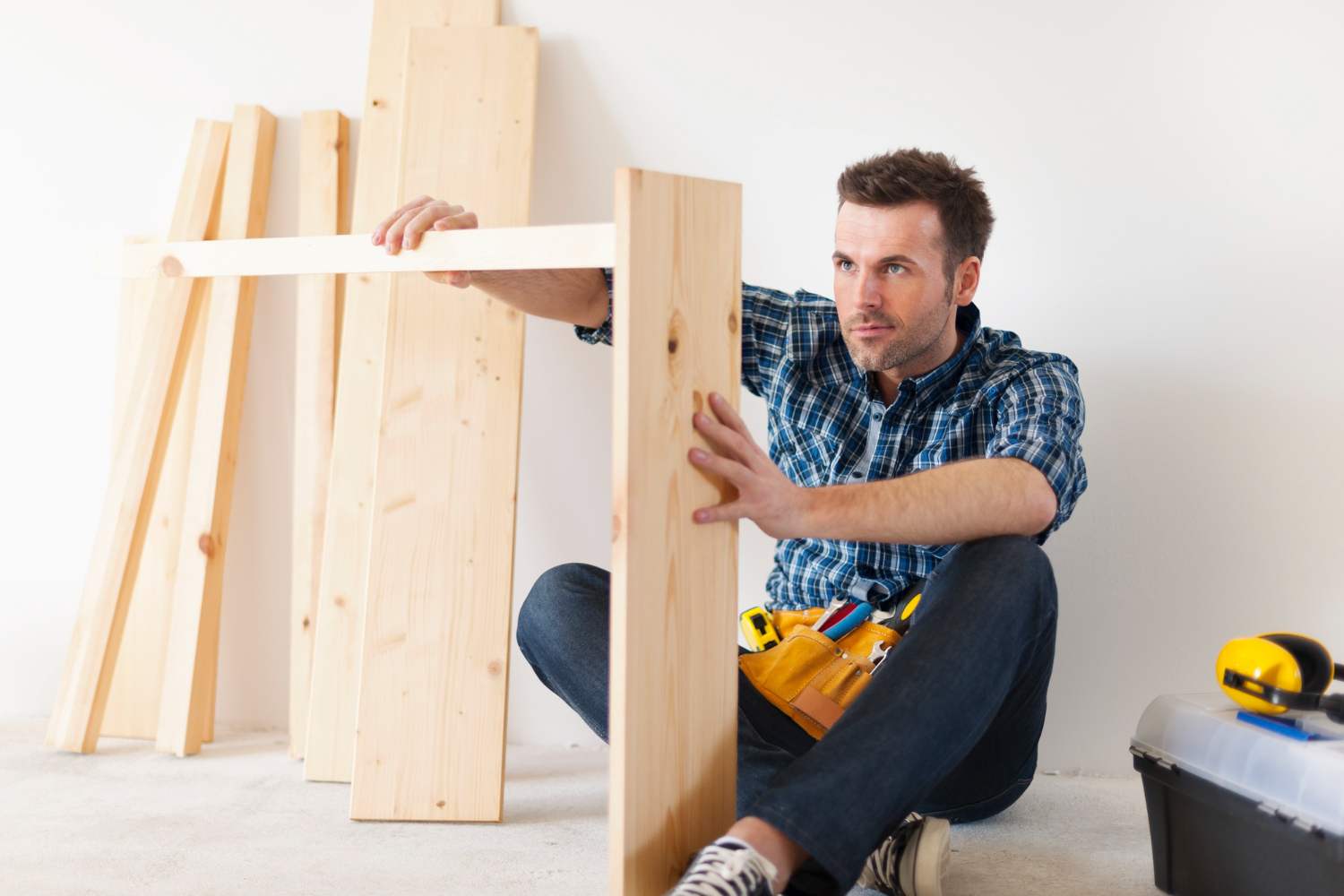
You should carefully read the instructions provided by the manufacturers along with your flat pack furniture. Along with reading the instructions, you should also focus on the diagrams and illustrations next to the written text. In this way, you can get a clear idea regarding the order of assembly, essential steps, and safety measures to assemble the furniture securely. It will also help you avoid potential mistakes and save you time.
The manufacturer’s instructions are the roadmap to accurate and successful assembly of every furniture component.
Accurate and efficient furniture assembly can only be guaranteed when you have all the essential tools required to complete the assembly procedure. The manufacturer’s guidelines provide information regarding the required tools, and you may need a hammer, plier, screwdriver, wrench, etc., for this purpose. Keeping all the tools near you helps you assemble every part of the furniture properly and quickly, without any damage.
Having the correct tools help in leveraging and tightening the bolts, fasteners, and screws for a secure grip. It also saves time by making the assembly procedure efficient and easy, with accurate and precise fitting of every component. In this way, you can avoid various problems, such as loose connections or stripped screws, which can compromise the furniture’s stability. Moreover, you can also minimise the risk of potential damages and sudden accidents.
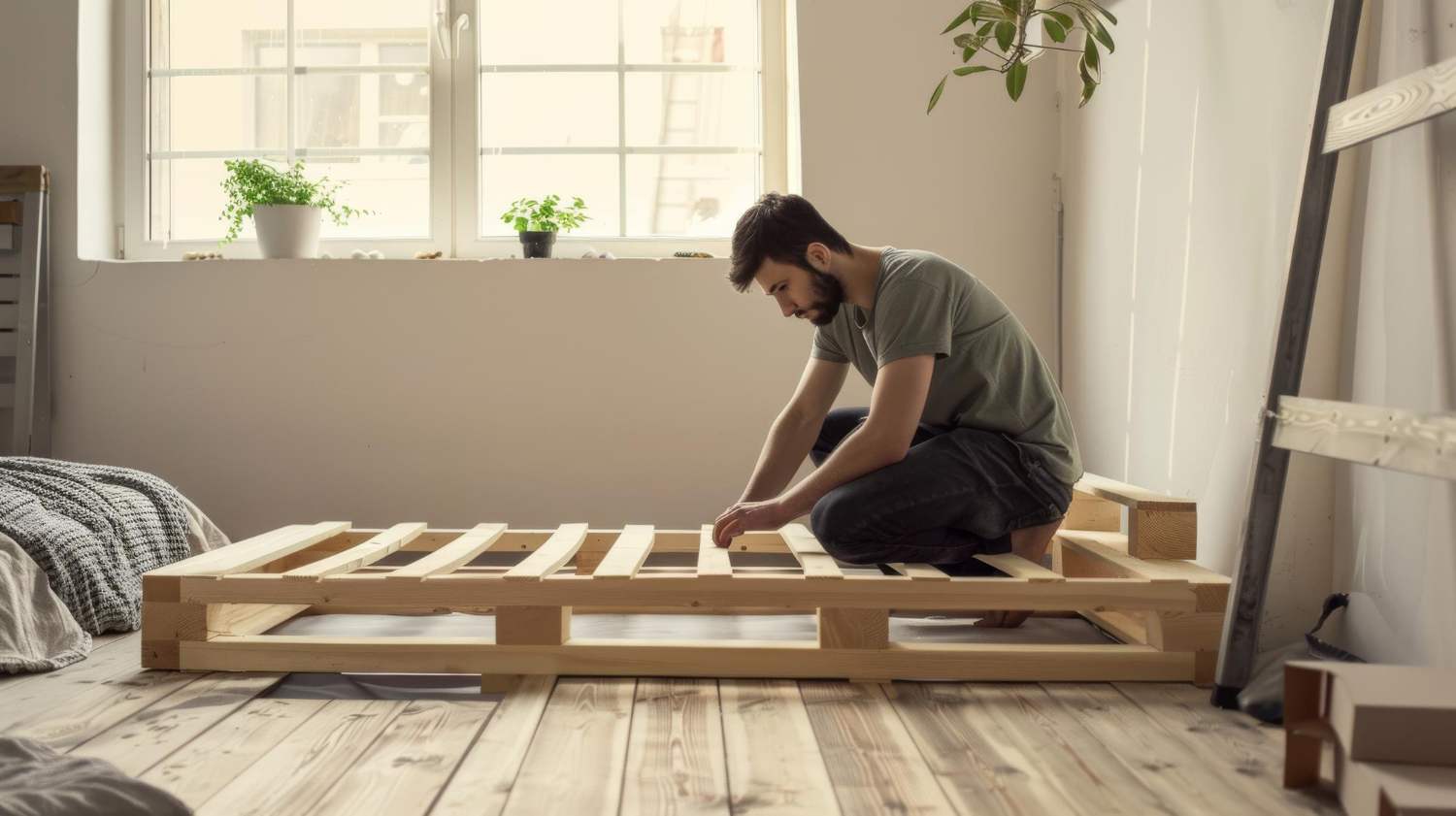
When you are well-prepared, then you can move forward to the furniture assembling stage, which can be divided into further steps:
To begin with, you should select an even and soft surface for assembling the furniture to ensure every component is protected from potential damages, such as dents, marks, or scratches.
You should start by assembling the largest pieces to develop a furniture framework and build a solid structure according to the instructions provided.
This step is like you have solved the most challenging task, leaving behind the easier ones to tackle with greater confidence and motivation for a precise assembly.
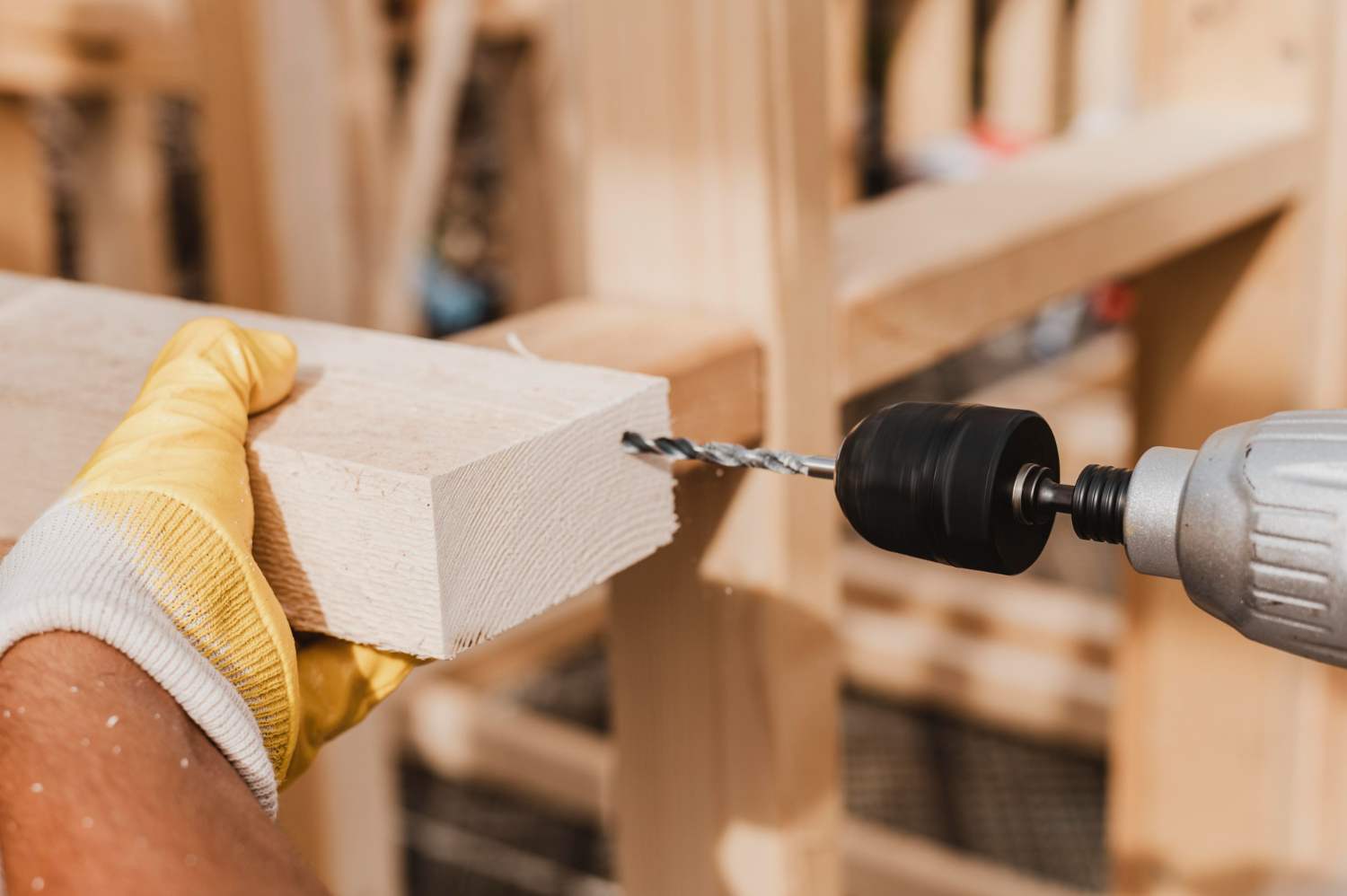
The third step is to tighten the screws first loosely and then fully tightening them to ensure proper alignment of all the pieces and make the necessary adjustments.
By following these steps, you can avoid applying excessive force to the flat pack furniture components and ensure their integrity for longer with secure connections.
Undertake a final inspection once you have assembled all the furniture parts in their respective places to ensure the sturdiness and stability of the entire structure.
Following the manufacturer’s instructions is vital to ensuring that the assembly process is completed successfully, with guaranteed results that make your flat-pack furniture last longer. You should pay special attention to the mentioned steps and warnings and follow the correct sequence of methods to ensure proper alignment and connection of all the pieces. This systematic approach will help you assemble the furniture confidently and safely, eliminating all the associated risks.
This practice provides you complete peace of mind by ensuring the secure assembling of every part of the furniture and its durability for longer, making it withstand regular use with a solid and reliable foundation.
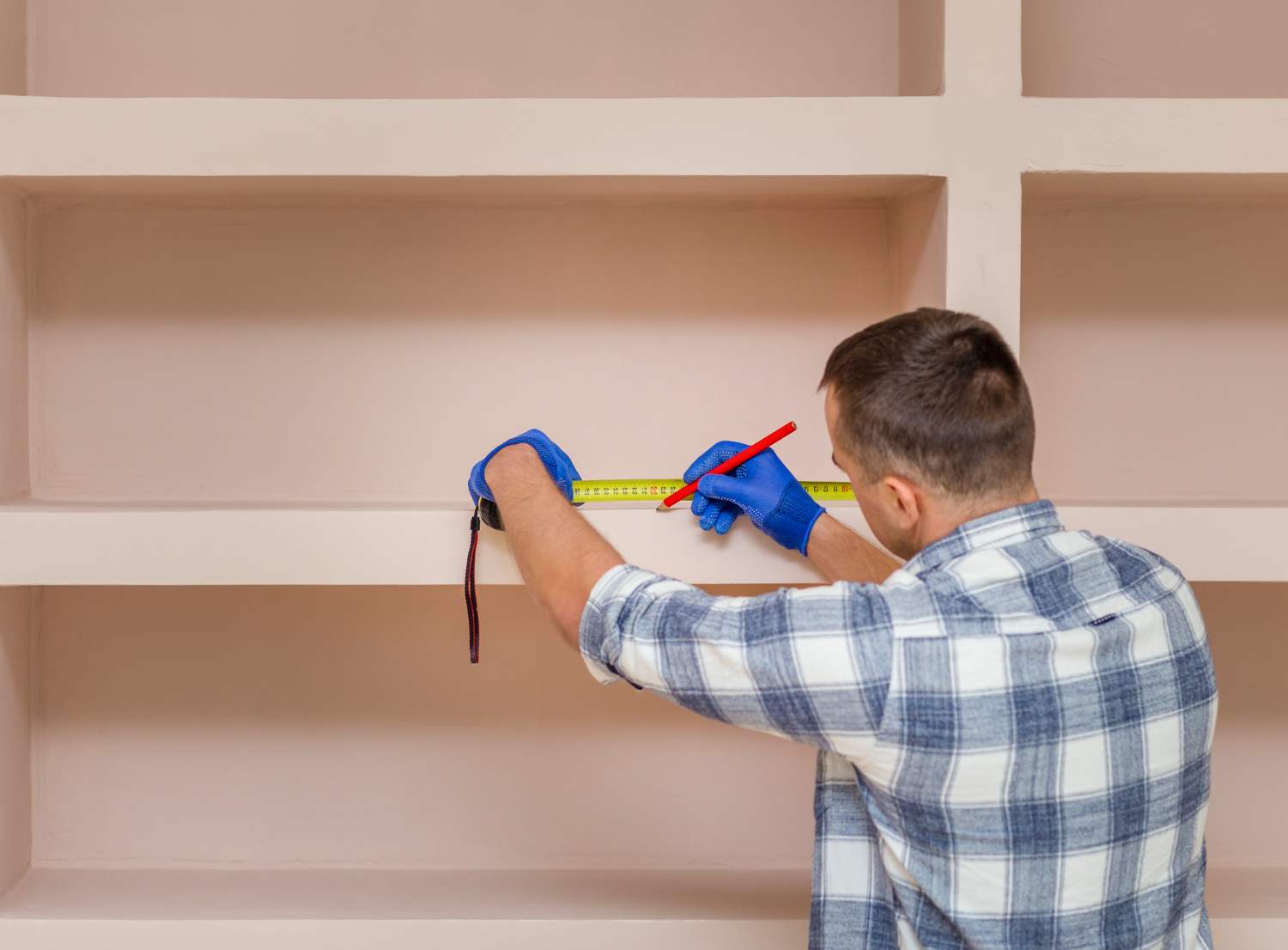
Following the manufacturer’s guidelines and all the necessary steps at the preparation and assembly stages is essential to successfully completing the whole process. However, some other considerations and important tips can help you accomplish this procedure more efficiently and make your flack pack furniture durable, stable, sturdy, and long-lasting.
When assembling flat-pack furniture items that need to be anchored to the wall, such as bookcases, cabinets, or shelving units, you should ensure that you have all the required attachments and hardware for efficient installation.
Ensuring proper anchorage, safety, and stability of such furniture provides many benefits. For example, with secure anchorage to the wall, you can enhance stability and avoid the issue of overtipping. The risk of accidents or injuries caused by furniture toppling is minimised. Moreover, you can create a safer environment with no risk of furniture falling over or harming anyone.
You should make every necessary arrangement that helps you ensure the protection of all the furniture components from potential damage or scratches during the assembly stage.
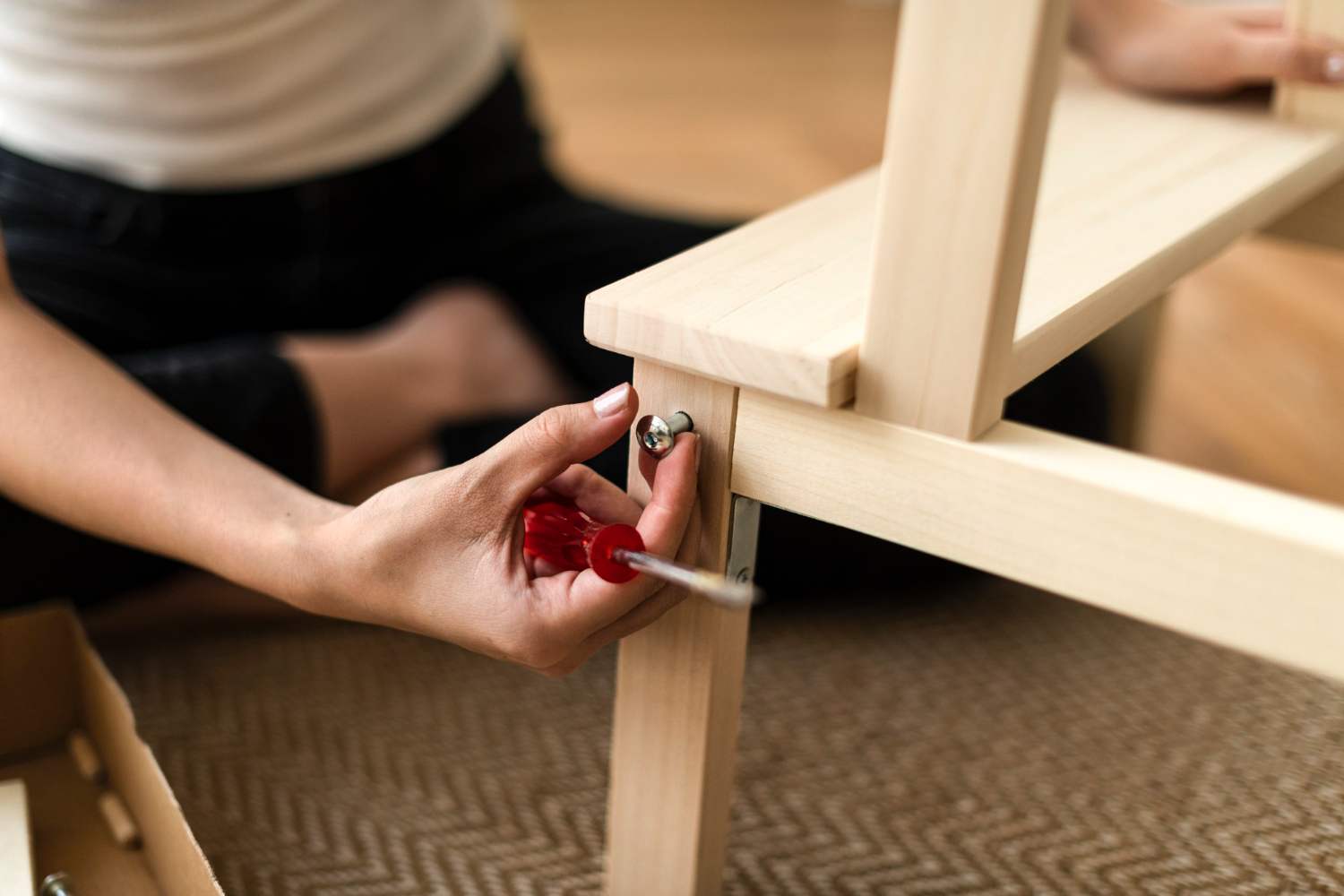
You must pay special attention to the alignment of all furniture pieces during assembly to ensure the proper fitting of every component in the pre-drilled holes. If you encounter any problems, double-check the provided instructions.
If you have no experience and cannot understand the assembly procedure even after reading the manufacturer’s guidelines and looking at the illustrations, it is best to get professional help to assemble all the components of flat-pack furniture accurately and precisely. Getting expert help is advantageous in many aspects, such as:
For a successful and accurate flat-pack furniture assembly, you should follow the manufacturer’s guidelines accurately and handle every component with extreme care. Following the essential instructions helps reduce the risk of damage to furniture pieces while ensuring everyone’s safety. Moreover, you should get professional guidance and expert help if you get stuck at any stage of assembly or do not understand the process entirely.

If you want to buy new furniture, it is usually sold in the form of a flat pack. Flat pack
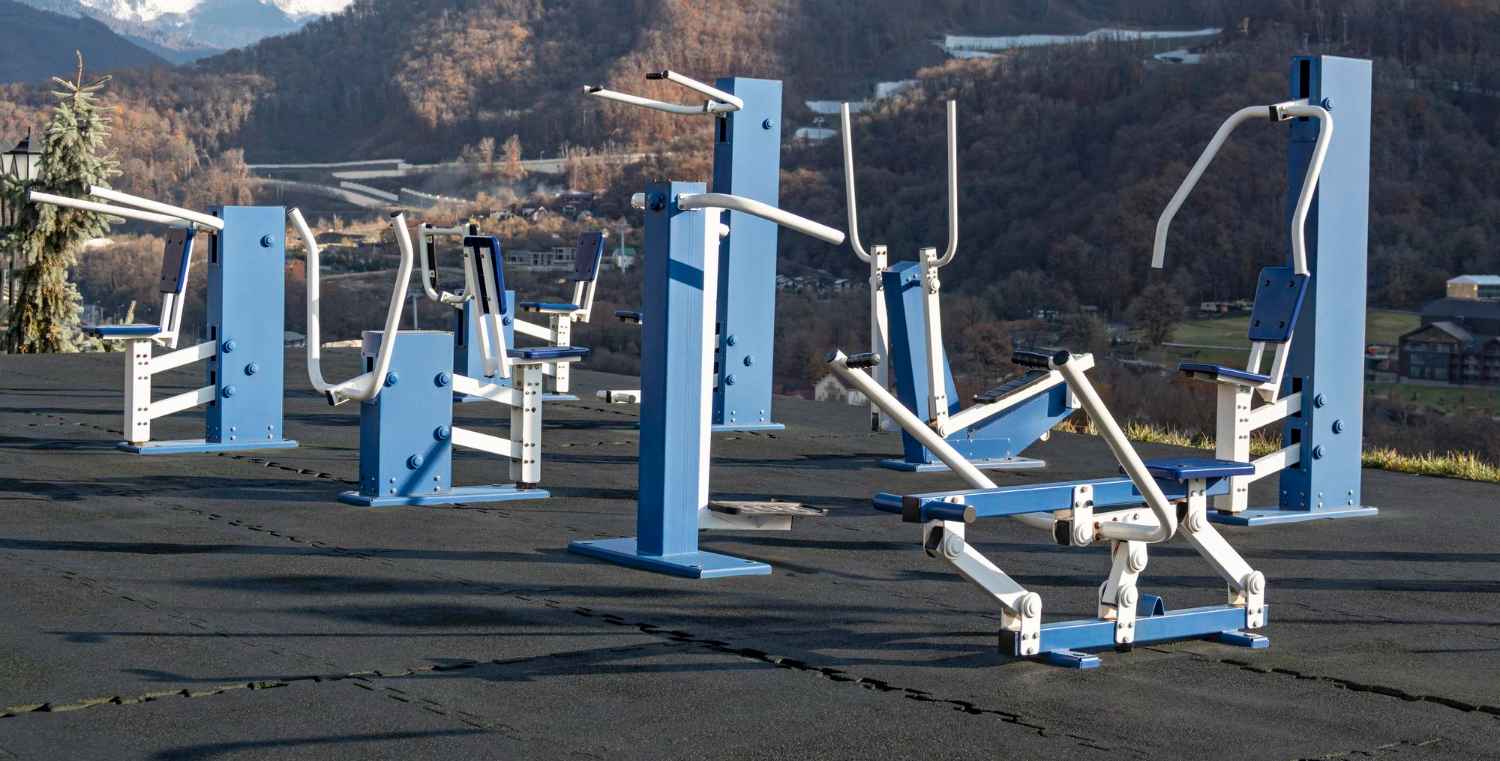
Maintaining your health and achieving fitness goals is a continuous process whether you’re a president or a common person. Often,
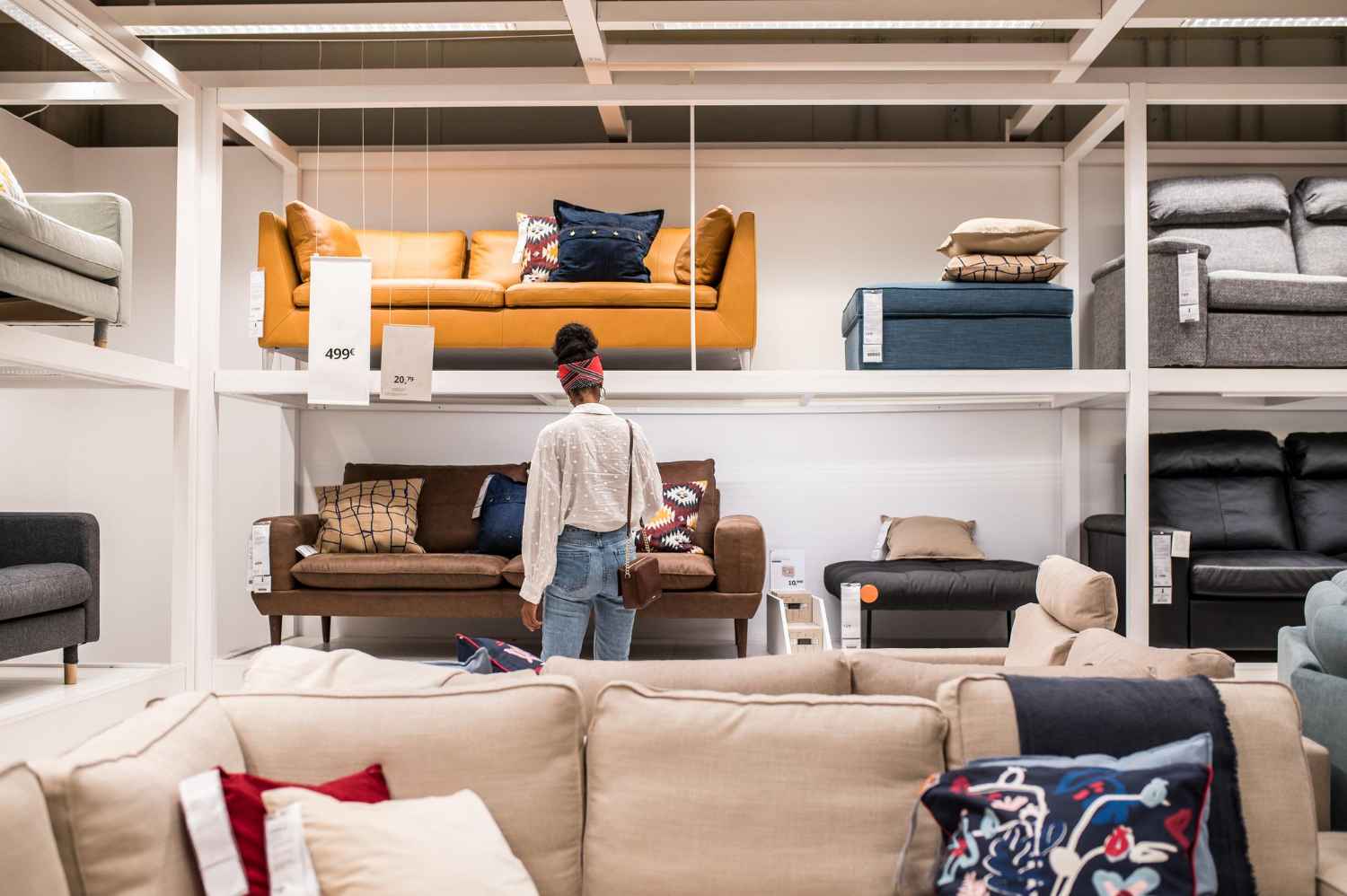
Assembling IKEA furniture can usually look like a challenging task. You have just brought home a fresh piece and are